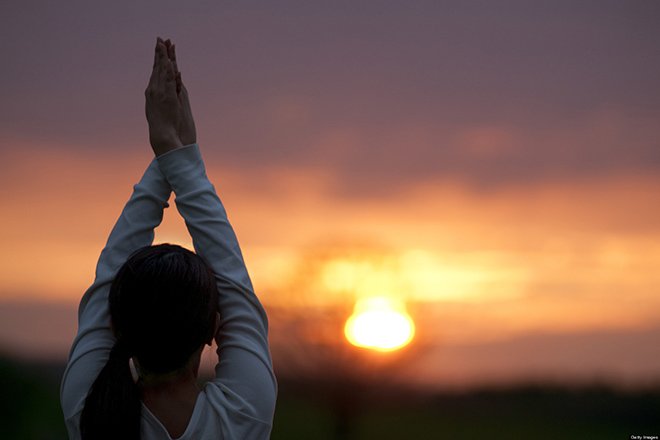
Submitted by urlreader
Sun, 21 Sep 2008
Did you know that you can use yoga for children who have short attention spans, are hyperactive, or have been diagnosed with ADD? Research and personal accounts have shown that yoga can help calm and focus the hyperactive and/or attention-deficit child. There is no question that children love to move, but kids with short attention spans crave sensory/motor stimuli and movement. Yoga incorporates movement into the process of calming and re-focusing children, channeling impulsive behavior in a positive, healthful manner.
The tree pose and the warrior pose work particularly well as they help to instill balance, confidence, and calmness. Try to encourage the child to go beyond simply doing the pose; try to get them to think about what the poses mean, using their imaginations to mimic them. Children also love doing partner poses, so try to incorporate some of these when practicing yoga in the classroom or at home. This is a wonderful way to foster trust and bonding between the kids, or between the kids and the parents. Partner poses also help the kids to build team skills.
Relaxation is an integral part of yoga practice, and so it goes with yoga for children. Some children have no trouble relaxing while others have a hard time even closing their eyes. After watching a kids yoga dvd one night, my 9-year-old daughter asked me if we could have an longer relaxation session than usual. She knew that she needed more time to get relaxed that evening. Guided visualization is a great technique to use right after doing yoga in the classroom or watching a kids yoga dvd at home. This is what I do with my kids and it has always been extremely effective in helping them wind down.
Make sure to come up with a guided visualization that has a calming, peaceful theme. You can ask your children to imagine themselves walking in a green meadow, a path in the woods, or on the beach. "Watch the waves roll onto the shore, look out at the distant pelicans forming a V...Listen to that seashell, what do you hear?" You get my drift. The idea is to evoke a safe, peaceful, natural environment where your children can let their cares and distractions fall away.
When practicing yoga in the classroom or at home, encourage your kids to share the experiences they had during the visualization process. Their stories, ideas, and questions can easily be addressed in a way that fosters a learning experience for them at home or in school. ADD and hyperactivity may be diagnoses that are carelessly assigned these days, but something deeper than a chemical imbalance is usually what lies behind the problem. What children are really lacking is a connection with their bodies and their environment, and yoga helps to form and strengthen this connection.












